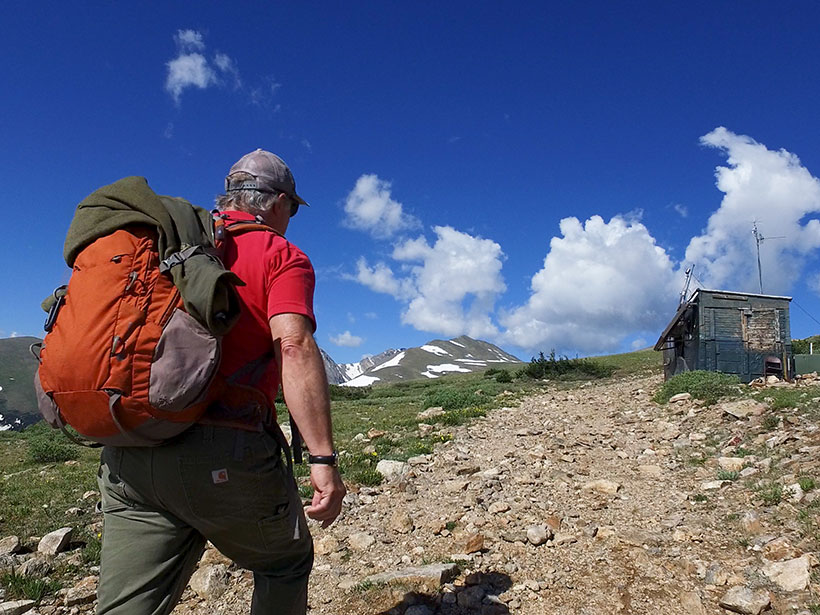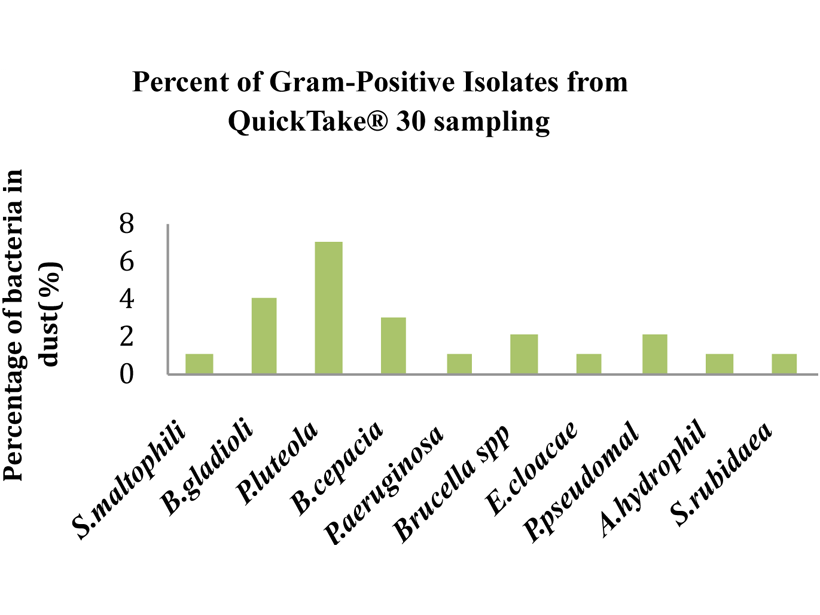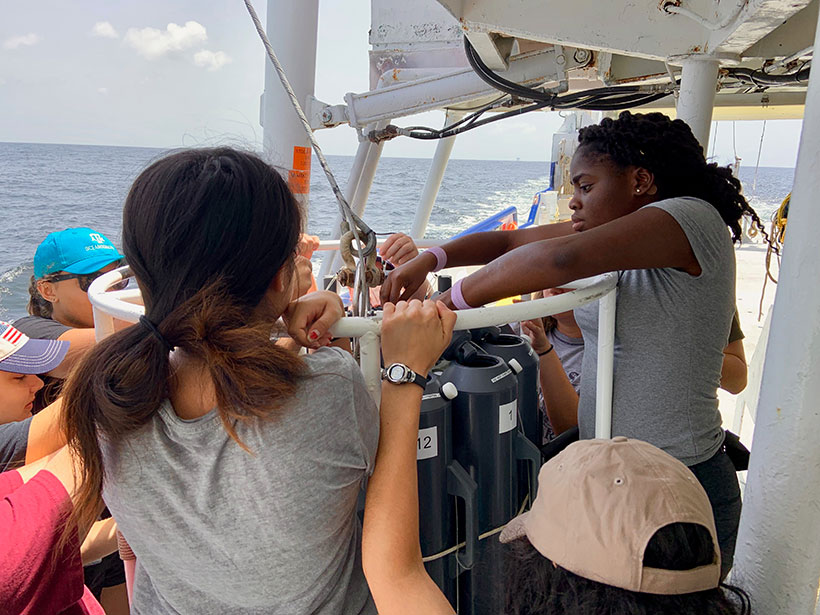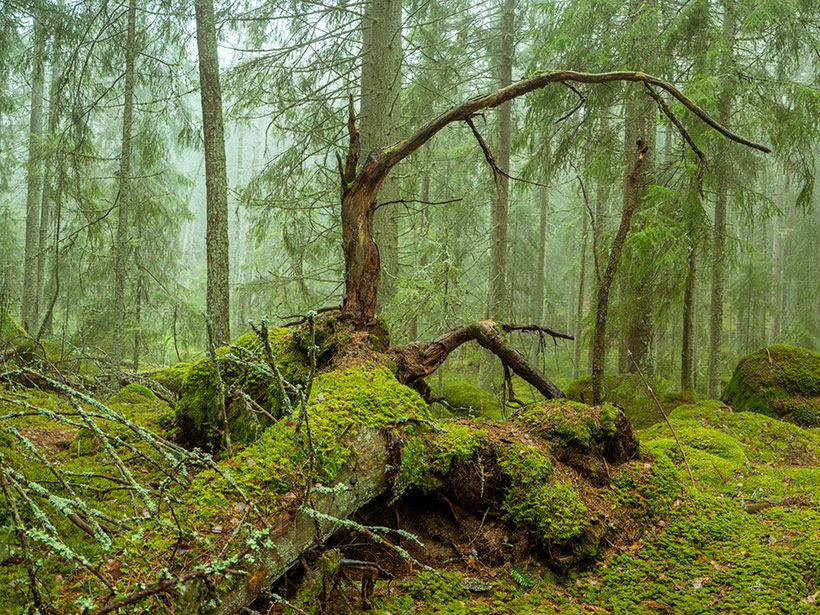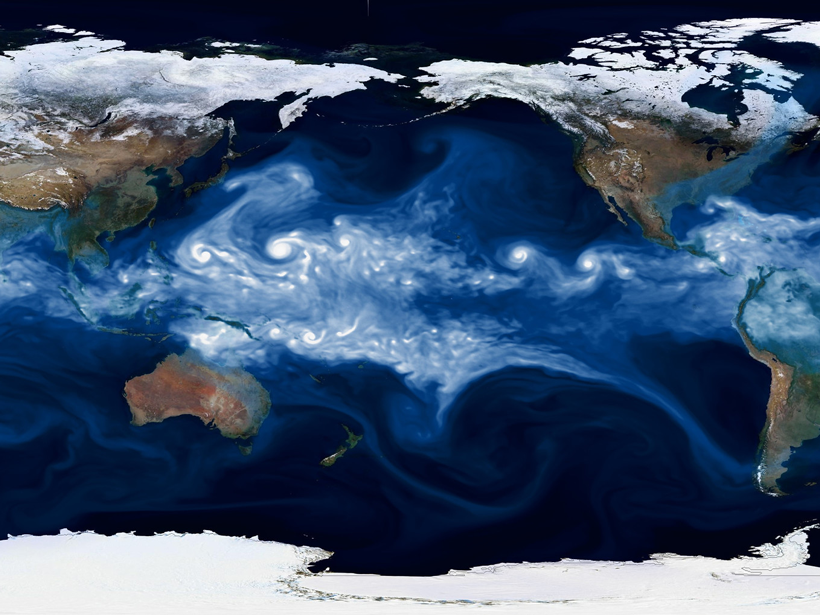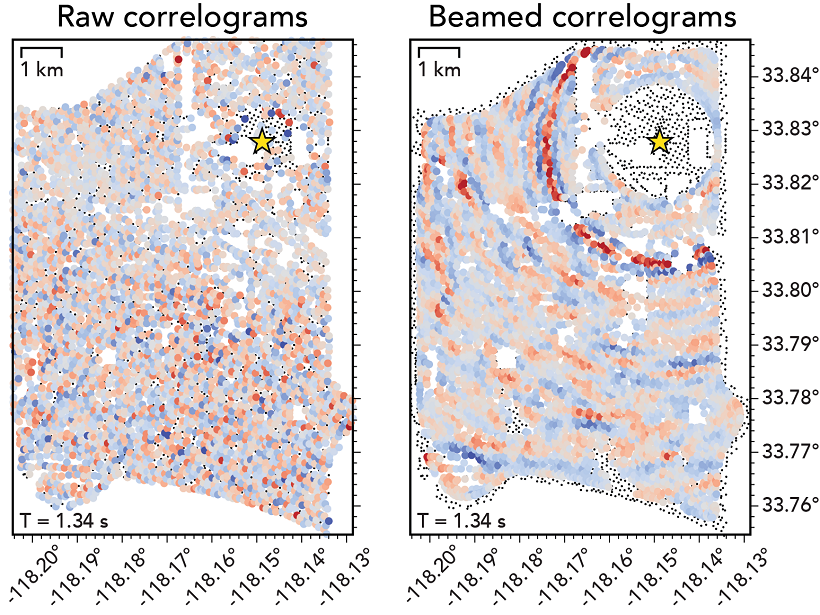An international gathering of scientists discussed the state of the art in assessments of how aerosol particles in the atmosphere affect Earth’s climate.
CC BY-NC-ND 2020
Radioactive Bookkeeping of Carbon Emissions
A new sampling method uses carbon-14 to single out which carbon dioxide molecules in the atmosphere derive from fossil fuels. The method could help track emissions goals for climate mitigation.
Urban Land Could Increase Sixfold by 2100
Experts agree that as urbanization continues through the 21st century, cities need to focus on sustainable development to meet climate goals.
This Week: Diversity Outdoors and in School
What Earth and space science stories are we recommending this week?
Dangerous Bacteria Catch a Ride on Saharan Dust
Saharan dust events can spread bacterial pathogens over long distances, but we may be able to predict the human health risk from exposure.
El Agua Subterránea es la “Conexión Occulta” Entre la Tierra y el Océano
La importancia del agua subterránea dulce para los ecosistemas costeros es revelada utilizando el primer modelo numérico a escala global.
How COVID-19 Is Affecting Undergraduate Research Experiences
Limitations on summer research internships imposed by the pandemic are impeding students’ engagement in geoscience education and preparation for careers. The community is acting quickly to adapt.
Europe Launches Biodiversity Strategy for the Coming Decade
Amid the coronavirus uncertainty, the European Union is standing by its Green Deal pledges.
Teaching Machines to Detect Climate Extremes
Artificial intelligence can be used to analyze massive amounts of data from climate simulations, but more training data are needed.
Fine-scale Structure Mapped by Body Waves Extracted from Noise
A novel processing scheme was used to extract refracted body waves from ambient seismic noise and investigate the small-scale structure around a fault at Long Beach, California.


